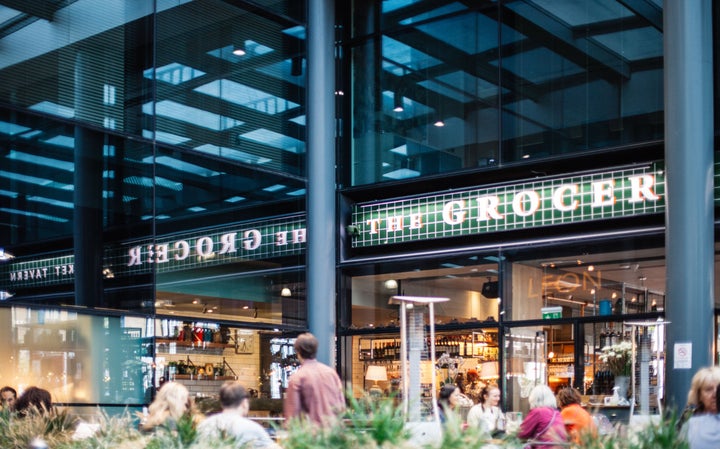
It was the deal heard ‘round the world on Friday June 16th when Amazon announced its $13.4 billion purchase of organic grocery chain Whole Foods. Not only is this purchase set to be a gamechanger for both Amazon and Whole Foods, but it’s on track to disrupt the grocery business and overall worldwide economy. And while it might look like a deal that many entrepreneurs can’t relate to on the surface (again, that’s a $13.4 billion sale), there are plenty of lessons that an acquisition like this one can teach small biz owners about how to think like big business.
Embrace risks
The Amazon-Whole Foods acquisition is more than a hefty purchase price tag. It’s Amazon’s biggest deal ever and one that affects over 400 Whole Foods store locations and 90,000 employees. And instead of imagining everything that could go wrong, Bezos is cool as a cucumber. He’s not afraid of failure or uncertainty — in fact; he’s willing to take on as many big risks possible.
Entrepreneurs are by nature risk takers, so it’s important that they do not let the fear of failure stop them from experimenting to find out works best for them and their businesses. Take a page out of Bezos’ book and think about the long term. Experiment heavily now to have it pay off later. My personal mantra here is “Develop, Test, Learn, and Launch!” Test out the ideas you have and if they work out, awesome. If not, no worries — on to the next one.
Build an incredible partnership
Amazon and Whole Foods are already on track to cook up quite a special recipe in working together. As noted on MarketWatch, Whole Foods gives Amazon’s grocery business a much-needed boost while Whole Foods gets to enjoy an upgrade in its data and technology. Already, the acquisition is a win-win for everyone involved because Amazon identified more than a solid purchase. They found a substantial partnership in Whole Foods.
By forming a strategic partnership with another like-minded company, this allows businesses to enhance their current offerings and differentiate from their competition. The key ingredients here are engagement by partners, customer engagement, and mutual benefit for the parties, making it a win-win for everyone involved.
Put the customers first
Who benefits the most from the Amazon and Whole Foods deal? In the long run, this acquisition was made for the customers.
As reported on CNBC, the average American household spends $4,000 on groceries each year, or roughly 7 percent of their annual budgets. Jeff Bezos, Founder of Amazon, is in the business of making the lives of customers better (see Amazon Prime and Kindle as a handful of recently successful initiatives from the brand) by focusing specifically on their needs. Shopping for groceries will move to become an experience built on convenience tailor-made for each shopper. For small businesses, the takeaway is to listen to your customers and consider their individual needs. Anticipate what they want before you know that they want it, and then begin adjusting your strategy and approach accordingly. This deal is already poised to shake up the long-stagnant shopping landscape with a fresh new approach — and all because it put customers first.
